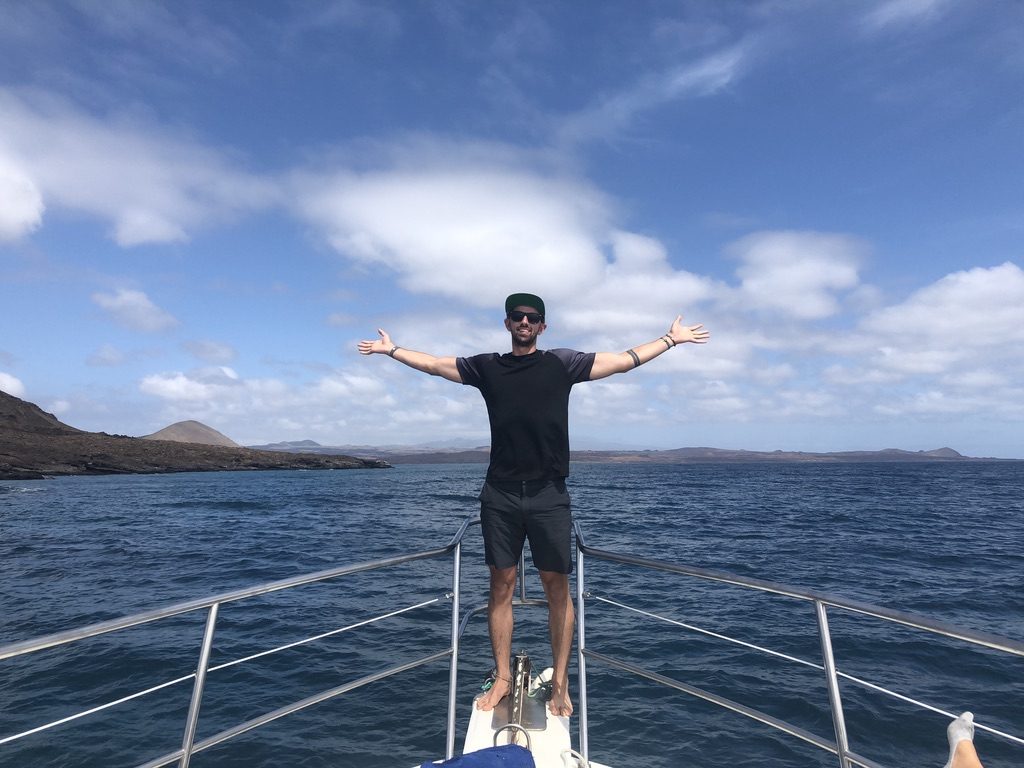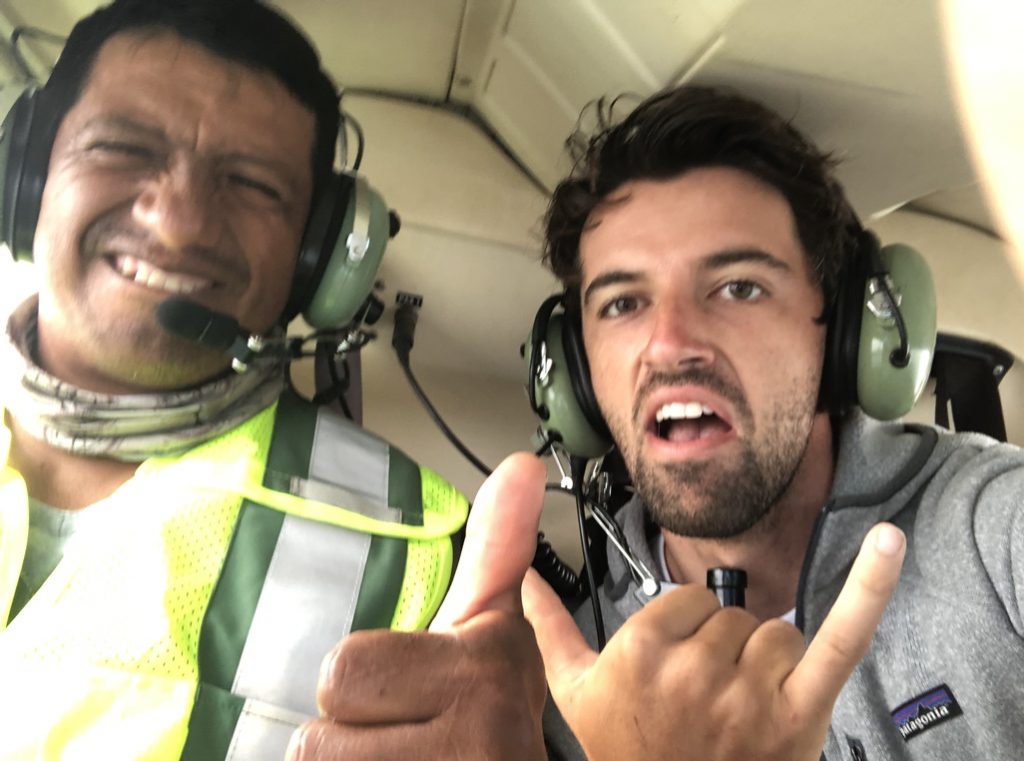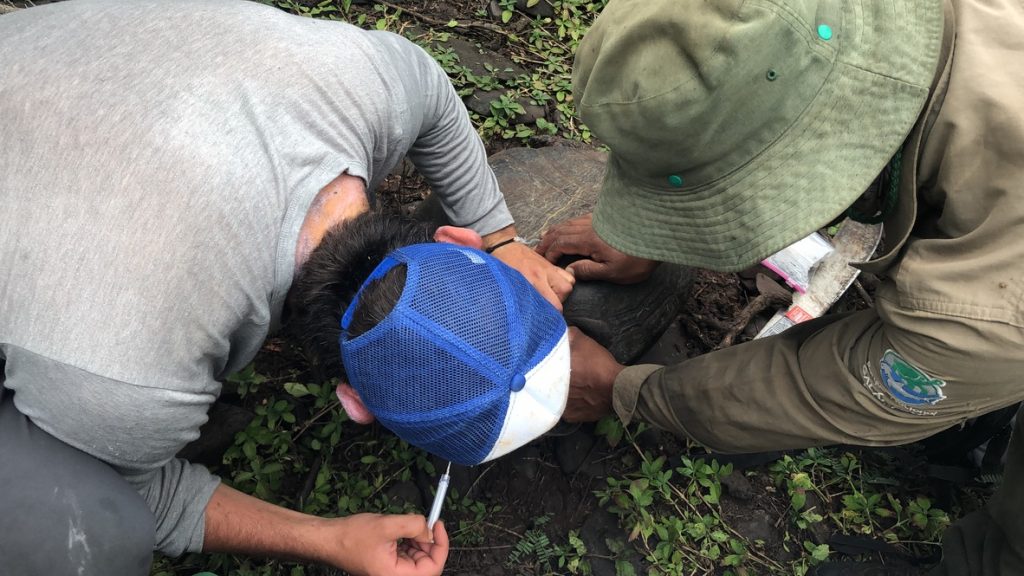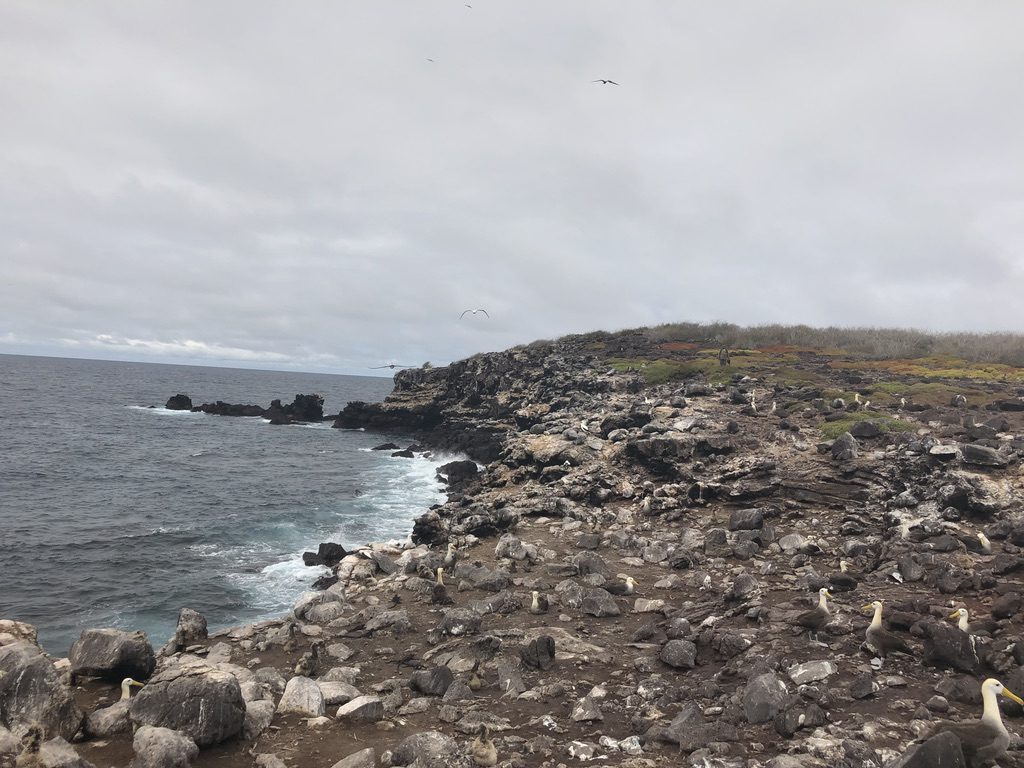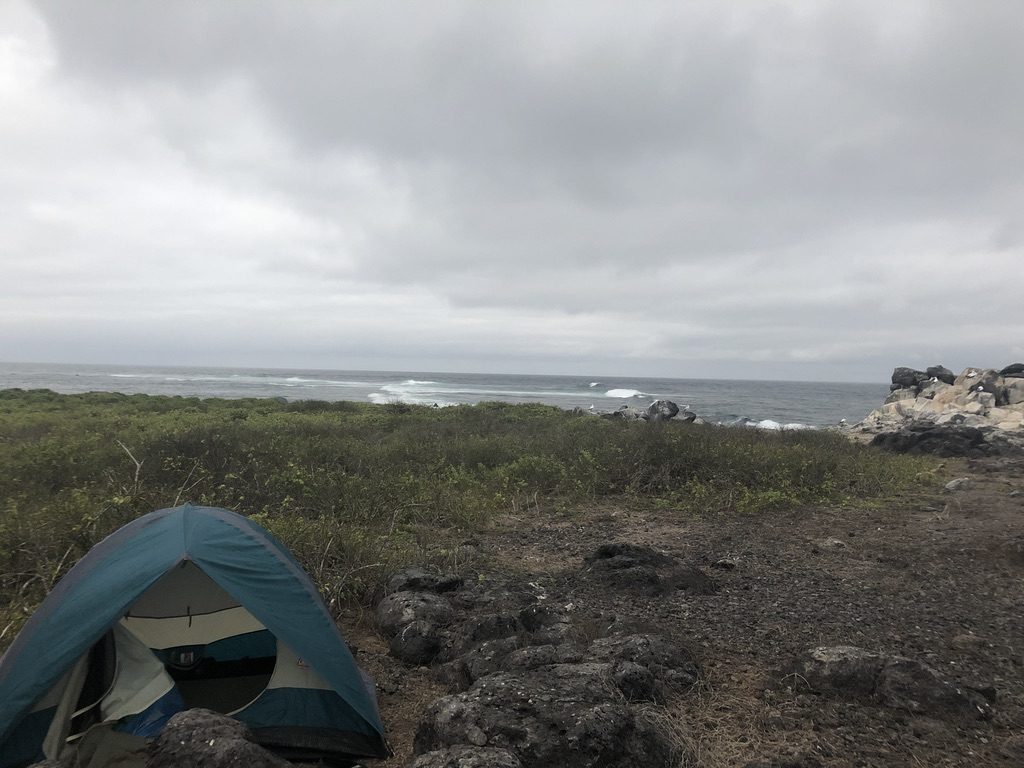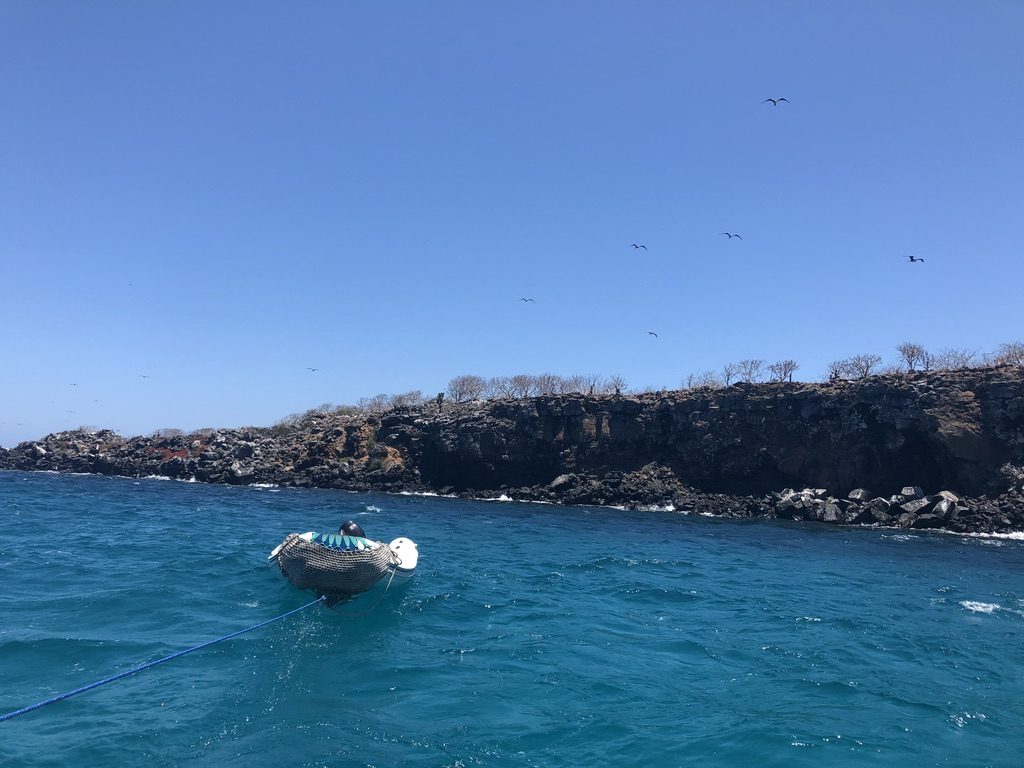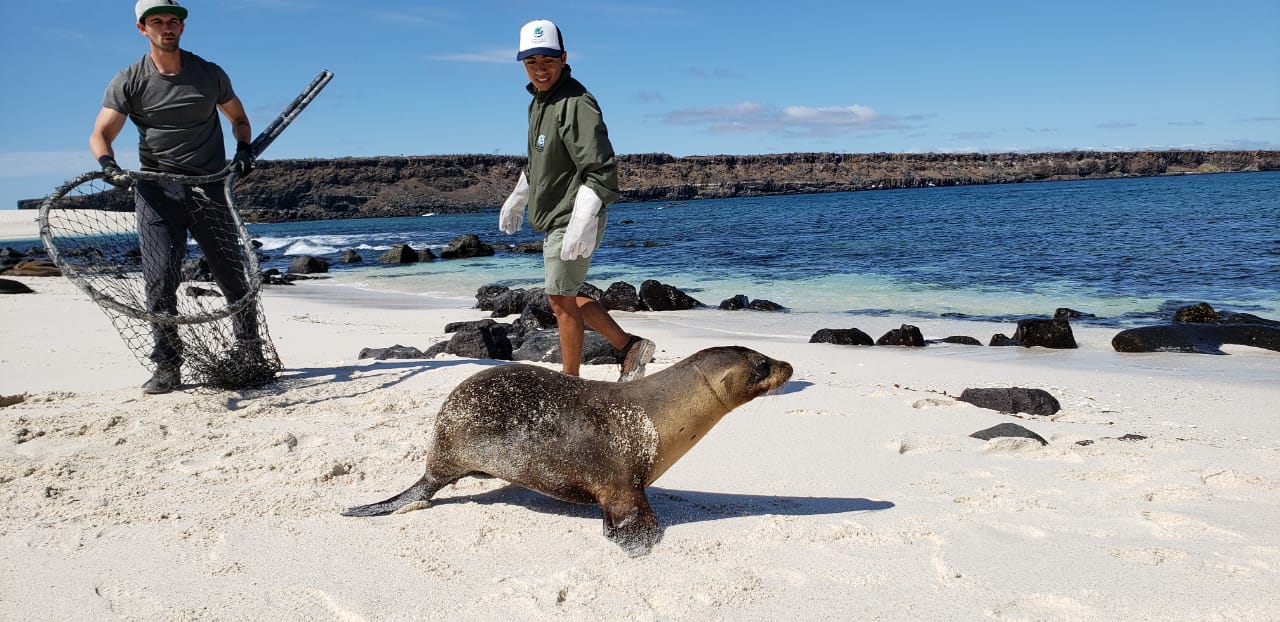
What did you accomplish with your host organization? What was the impact of your work?
Working with WildAid Galapagos and the Galapagos National Park I was able to revise and complete the procedures manual for the Marine Control Department of the National Park, work on updating a database of all the illicit marine activity taking place in the marine reserve in 2019, rescue and disentangle several Galapagos Sea Lions, and assist the park veterinarian in monitoring and taking blood samples from Sea Lion populations on the island of Santa Fe. Furthermore, I assisted with several patrol trips of the Galapagos Marine reserve to help monitor fishing and tourism activity, and I worked on a week-long excursion to monitor albatross and tortoise populations on the island of Española. Finally, I assisted in research to support an economic analysis looking into raising the prices of private tourists’ boats that wish to enter and visit the Galapagos marine reserve.
Some of my work had a very direct impact; the Sea Lions that I rescued have a much better chance of surviving now than if I hadn’t helped rescue and disentangle them, and the National Park has an updated database and a more comprehensive operations manual. However, perhaps more interesting is the potential impact that some of the projects I helped with may have in the future. The research excursion to Española has the potential to provided invaluable information on the health of global albatross populations (it is one of the only islands in the world where they nest) and could influence conservation policy. The research I did for the economic analysis has the potential to change the prices and affect the tourism industry of the Galapagos.

Describe the benefits of this experience for you professionally and personally?
Professionally this experience has helped me learn how international conservation NGOs, such as WildAid, work and interact with local governmental organizations, like the Galapagos National Park. I’ve also benefitted from a large professional network of people I have met here. These professional relationships even lead to the National Park inviting me back next year to work with the vet. Finally, I have learned what the management structure of a conservation NGO looks like and I was able to put into practice much of what I learned at MIIS.
Personally, my time in the Galapagos has helped me grow immensely. While I was already a good Spanish speaker, these past three months my Spanish has improved dramatically, especially when it comes to using professional language. I have also made several lifelong friends who I will go back to Galapagos to visit. This experience also really shaped what my career goals will look like in the future.
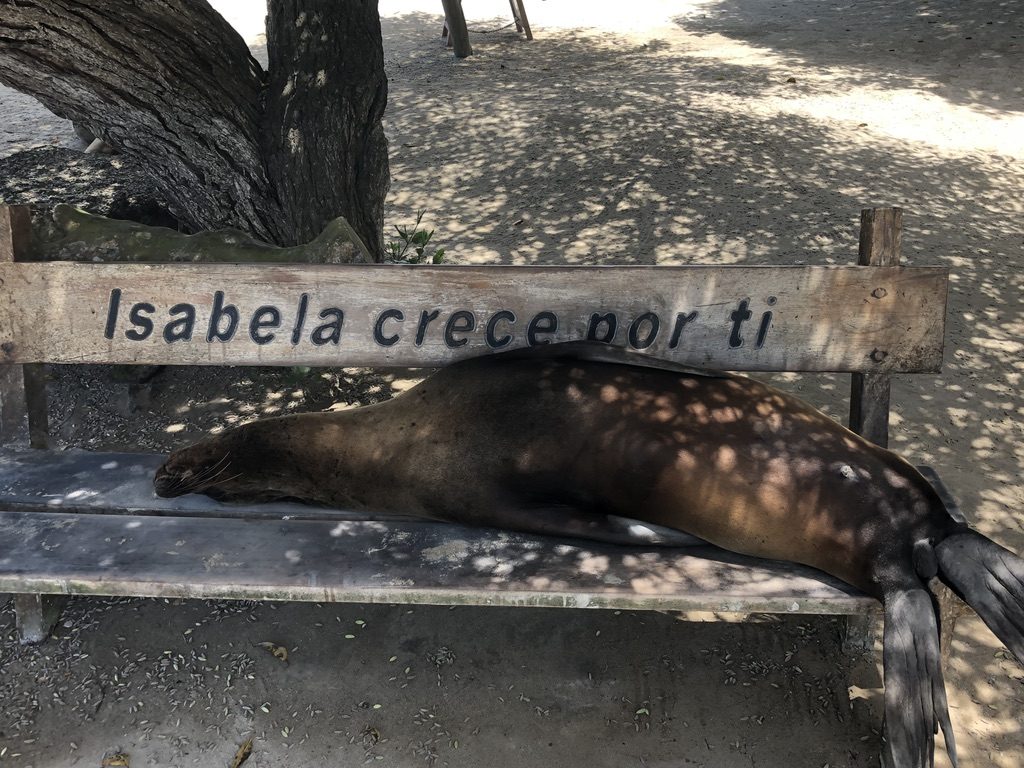
Did your experience provide any unexpected discovery, self-reflection, or epiphany?
After my time working with WildAid and the National Park in the Galapagos I realized the career I would like to pursue. Thoughts of this career change had been in the back of my mind since I worked at the Marine Mammal Center while studying at MIIS, but after my time in the Galapagos I am sure of it. The next chapter of my life will be dedicated to studying to go to vet school. My dream is to be a marine wildlife vet. Committing to at least six more years of studying after graduating from MIIS is a huge endeavor, but after working with the vet here in Galapagos I know it is what I want to do. Working with WildAid and the National Park helped me realize that this has been my dream and if I don’t follow it I will regret it.


